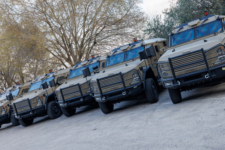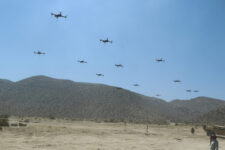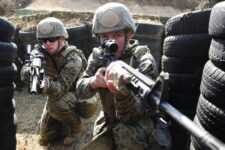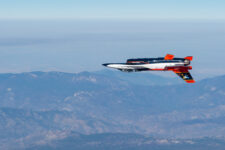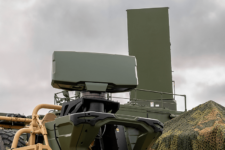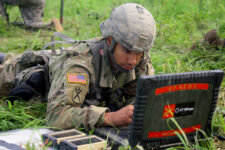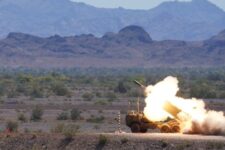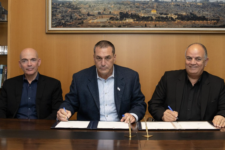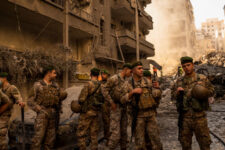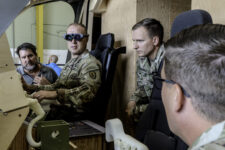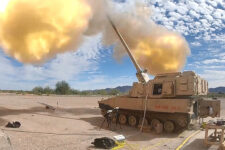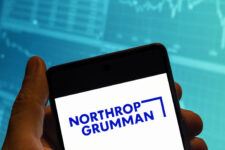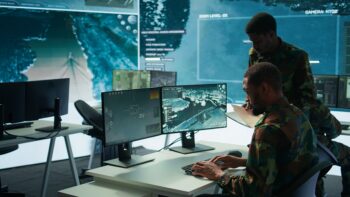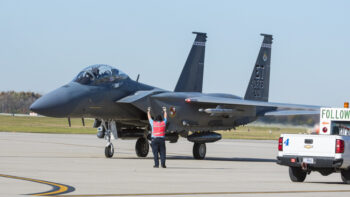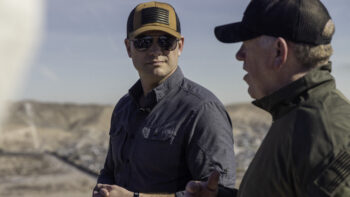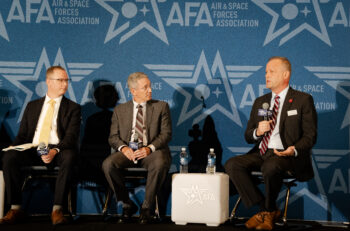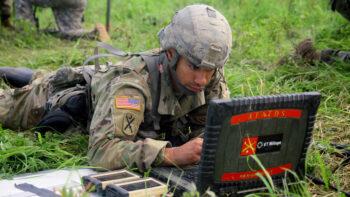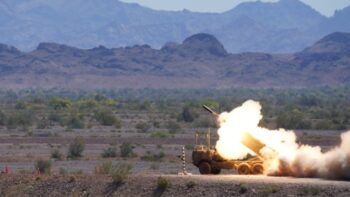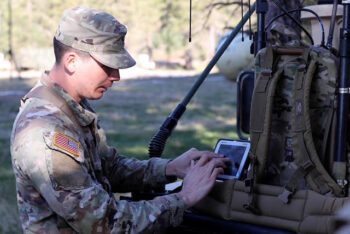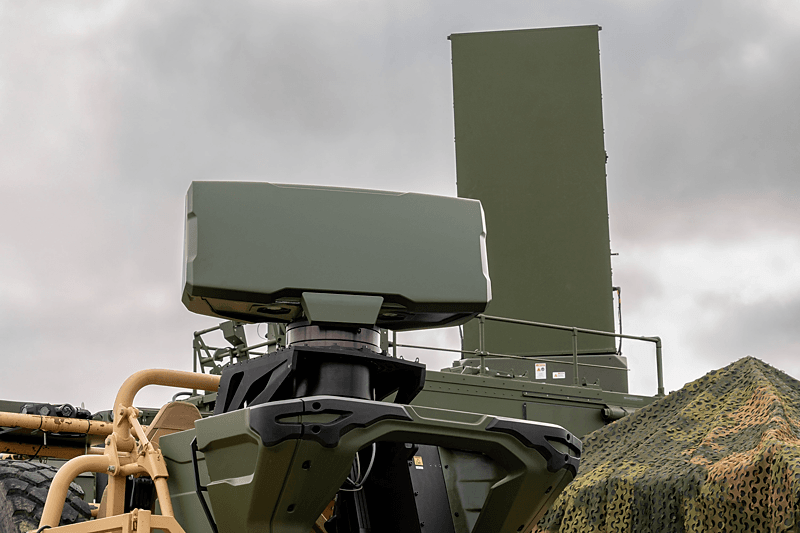
Saab’s Giraffe 1X Compact Radar Module has been designed for fast paced, short range air surveillance missions (Saab)
FAREHAM, UK — Swedish manufacturer Saab celebrated the addition of a second Giraffe 1X short range air surveillance radar production line after formally opening a state-of the art manufacturing facility in Fareham, Southeast England.
The new site, which will also support in-service UK military radars supplied by Saab and play host to the company’s Seaeye underwater robotics family of vehicles, was opened on Tuesday by Jonathan Reynolds, UK business secretary.
The manufacturer has taken the unconventional step of pre-empting Giraffe 1X demand by starting production of the 3D Active Electronically Scanned Array (EASA) radar on the new line without securing additional UK or export orders.
In 2023, London ordered 11 of the systems under two contracts valued at 264 SEK ($25.6 million). That batch has been produced out of Gothenburg, Sweden.
When exactly a new British order will arrive is unclear. Reynolds told reporters that due to the ongoing Strategic Defense Review (SDR), it is “not an easy question” for UK Defence Secretary John Healey to respond to, given “pressures” his department faces over equipment planning. (Breaking Defense accepted travel and accommodations from Saab for this trip.)
“I do think there are tremendous export opportunities for the UK defense sector,” added Reynolds.
The UK MoD plans on publishing the SDR in the spring amid pressure from NATO and local lawmakers to urgently address air defense vulnerabilities and capability gaps in the face of Russia’s war against Ukraine.
“We are actually manufacturing [Giraffe 1X at the Fareham production line] on speculation, rather than … contract by contract,” to support market needs, said Saab CEO Michael Johansson.
He explained that there is “huge demand” for the sensor, which has already been deployed in Ukraine, noting the second production line was needed to increase capacity and deliver a “regionalized supply chain.”
Designed to be used as either a mobile or fixed asset, the Giraffe 1X radar can track fixed wing aircraft, helicopters, drones, rockets and mortar rounds, out to a range of 120 km.
A British Army representative told media that the sensor can detect up to 800 targets.
It can serve as the primary sensor within a Very Short Range Radar (VSHORAD) system, or as a standalone Counter-UAS (C-UAS) solution, according to Saab.
Company literature also outlines that the combination of the radar’s weight, below 150kg, and its “very low power consumption” means that it can be equipped on “any type of mobile platform or fixed structure.”
The sensor can also be integrated on a pick up sized truck as a Compact Radar Module (CRM), first unveiled by the manufacturer last year at the Eurosatory trade show.
Enabling faster deployment times, the solution offers a range of 75 km but will increase over time through software based machine learning applications, said Andy Taylor, head of UK business development and sales in the surveillance division at Saab.
At a wider level, the UK already has a base of Saab radars including next generation Taipan artillery locating systems, delivered last year, and land-based Giraffe Agile Multi Beam (AMB) radars, in service since 2010.
On Lebanese border, Israel’s Plasan kept rolling out armored vehicles as war raged
Given the demand from the IDF, the company was charged with keeping production up at normal or higher rates, despite the potential dangers of being so close to the border.
